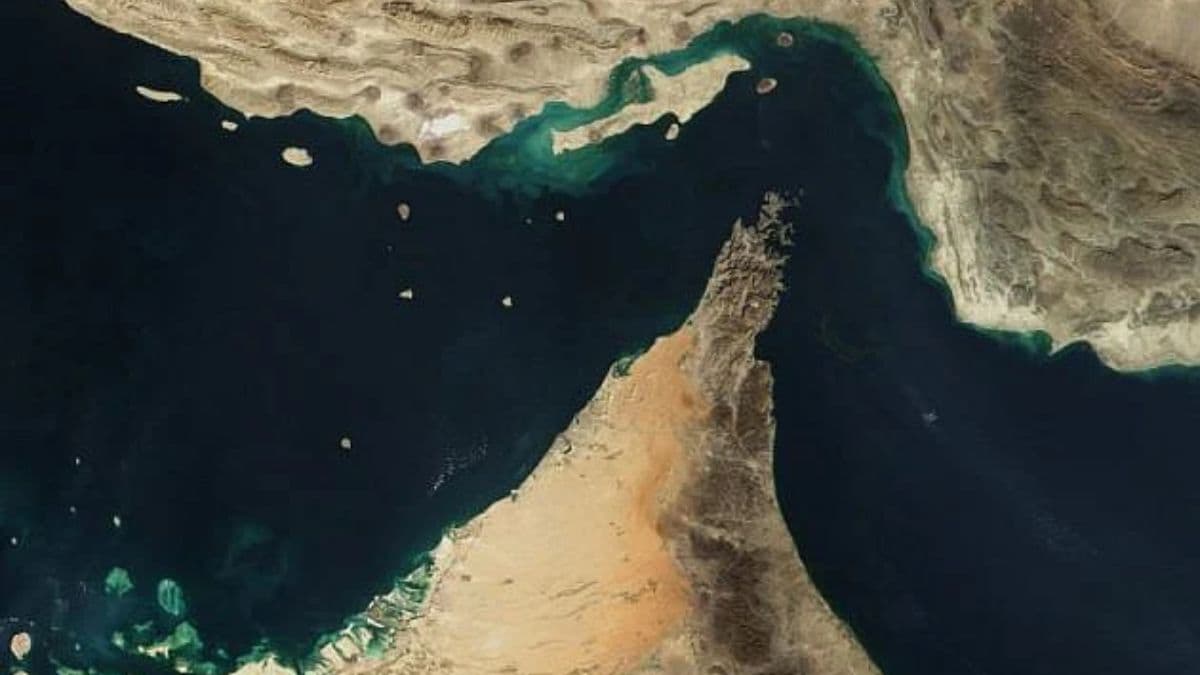

Amid escalating tensions following reported US strikes on Iranian nuclear facilities, Iran's parliament has approved a measure advocating for the closure of the Strait of Hormuz. This move, though requiring final approval from Iran's Supreme National Security Council, has sent ripples of concern across the globe, particularly for countries like India that heavily rely on this crucial waterway for their energy imports.
The Strait of Hormuz, a narrow channel between Iran and Oman, serves as the primary maritime gateway from the Persian Gulf to the open ocean. Its strategic importance stems from the massive volume of oil and liquefied natural gas (LNG) that passes through it daily. In 2024, approximately 20% of global oil consumption, equivalent to roughly 20 million barrels per day, transited the Strait. Additionally, about one-fifth of global LNG trade relies on this route, predominantly from Qatar. The potential closure threatens to disrupt these flows, sending shockwaves through the global economy.
For India, the implications are significant. The country relies on imports for about 90% of its crude oil needs, with Middle Eastern nations supplying over 40% of these imports. Approximately 40% of India's oil and over 50% of its LNG imports pass through the Strait of Hormuz. While figures vary across sources, around 2 million barrels per day, or roughly 47% of crude oil imported by Indian refiners, is estimated to be transported via the Strait. Any disruption could lead to increased transportation costs, supply delays, and ultimately, higher energy prices for Indian consumers and businesses.
The immediate impact of a closure would likely be a surge in oil prices. Some analysts predict a near-term spike to $80 per barrel, while more extreme predictions suggest prices could reach as high as $400 per barrel. Such a dramatic increase would have cascading effects, fueling inflation and impacting various sectors of the Indian economy. The Indian rupee could also face downward pressure due to increased import costs.
Despite the severity of the threat, several factors suggest that a complete and prolonged blockade remains unlikely. Firstly, Iran itself relies on the Strait for its own oil exports, with a significant portion destined for China. Blocking the Strait would be economically self-defeating, triggering a severe international backlash and further isolating Iran. Secondly, the presence of US naval forces in the region acts as a deterrent. Any attempt to block the Strait would likely be met with a swift and decisive response. Thirdly, alternative routes and strategies exist, albeit with limitations. Saudi Arabia and the UAE have pipeline infrastructure that can bypass the Strait, although their capacity is not sufficient to replace the entire volume. India has also been diversifying its sources of oil imports, with Russia, the US, and Brazil emerging as key suppliers. India's strategic petroleum reserves can provide a buffer against short-term disruptions.
In response to the escalating tensions, India has reportedly increased its oil imports from Russia, reaching a two-year high. The Indian government has also assured its citizens that it has diversified its supplies and has sufficient reserves to ensure stability in fuel supplies. The Ministry of Petroleum and Natural Gas is closely monitoring the situation and is prepared to take necessary measures to mitigate any potential impact on India's energy security.
While the threat of Iran closing the Strait of Hormuz is a serious concern, a prolonged and complete blockade is considered improbable. However, even a brief disruption could have significant economic consequences for India and the world. India's diversified sourcing strategy, strategic reserves, and the presence of international naval forces offer some degree of protection, but the situation remains fluid and requires careful monitoring.